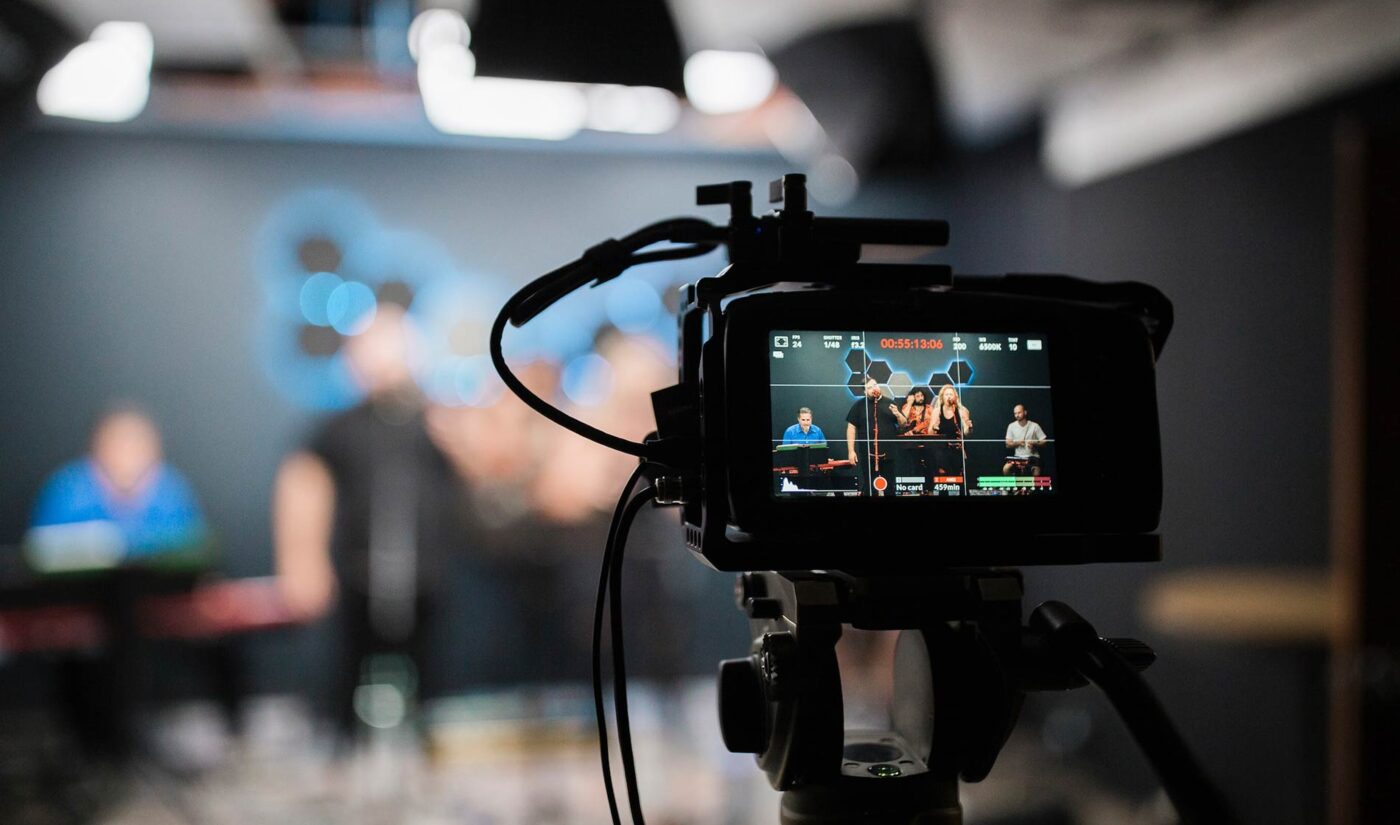In February 2023, YouTube made it possible for creators to upload a single video in multiple languages. They could record the video in English, produce dub tracks for, say, Spanish, Japanese, and Mandarin, and attach those tracks straight to the original video.
This was a big thing for YouTube–and for creators. Before it was introduced, uploaders only had one option for broadening their content’s reach to audiences speaking different languages: Launch an entirely separate secondary channel for each language and upload dubbed versions of their videos across all those channels.
MrBeast called multi-language dub tracks a “giant win” for creators. And he’d know–for years, he’s reached non-English-speaking audiences with channels like MrBeast en Español, where he has 24 million subscribers tuning in for Spanish-language versions of the videos he uploads to his main channel. (And some of the people he enlisted to dub those videos are major voice actors.)

Subscribe to get the latest creator news
After YouTube rolled out same-video dub tracks, MrBeast stopped uploading to MrBeast en Español in favor of including Spanish-language tracks on his main-channel videos. Is that the right move? Should other creators abandon plans for language-localized channels and focus entirely on dub tracks? Are there any pros to localized channels? Any cons to dub tracks?
Creators should keep their dub decisions flexible
We wanted to know how these different approaches to language localization can benefit creators, so we asked AIR Media-Tech, a Toronto-based creator services company that was founded in 2010 by Ukrainian co-founders Sergii Bielousov and Stepan Mikhaylov. It provides both types of localization to channels like Watch Me (11.3 million subscribers), Kids Diana Show (113 million), HZHtube (12.4 million), and Lady Diana (13.5 million).
“On the surface, it looks like these could be two separate strategies, and many people perceive it as you should either pick one or the other,” Dennis Batyrev, who heads AIR Media-Tech’s content translation and localization team, tells Tubefilter. But AIR thinks creators can benefit from staying flexible, “mixing and matching” the two based on what they want to accomplish.
There are pros to both methods, Batyrev says. The biggest benefits of separate language channels are:
- Having additional revenue from more ads run on more videos.
- Having the potential for brand deals on those secondary channels. (For example, an Italian company might not be interested in tapping a creator’s U.S. audience, but if that creator’s localized Italian-language channel has good reach, they could snag a brand deal they otherwise would never have gotten.)
“Those options are largely unavailable if you concentrate on your main channel and only upload different tracks,” Batyrev says.
As for multi-language tracks, they help draw a creator’s audience all to one central hub, and (based on MrBeast’s comments) can make things much easier operationally for creators who don’t have the time and/or resources to maintain multiple channels.
Language tracks can also help a creator test whether they have a sizable audience in specific languages, Batyrev says.
“Let’s say you were to focus on the Spanish-speaking market. South America, then Brazil, Portuguese, and then you might want to explore Japanese, for example,” he says. “So you select these and you accumulate on your main channel.”
If one of those languages proves particularly popular as a dub track on the main channel, a creator might want to consider breaking it out into its own standalone secondary channel.
That’s where the mix-and-match approach is handy. “We encourage our creators to be creative with this approach and not think that you have to pick only one option or the other,” Batyrev says. “It largely depends on the creator’s vision. With MrBeast, his main vision was to accumulate all of the audience on his main channel. This was his global vision.”
How does that method actually play out on a real channel? Watch Me, which makes musical skits for kids and gets over 300 million views a month on its main channel, uses multi-language tracks, language-specific channels, and subtitles to reach international audiences.
All of them are “effective in their own way,” Watch Me says, but “separate language channels for each market perform best.”
Those localized channels have generated “significant increases in subscribers,” Watch Me says, with 12 of them reaching 100,000 subscribers and four reaching one million.
Watch Me considers all three methods of localization “essential for the development of the channel,” it says. “Every day we get a lot of comments and valuable feedback from viewers from different countries.”
But how can creators know if localization is something that could benefit their channel? How can they know if putting the time–and, crucially, money–into localization will be worth it?
If your main channel’s doing well, you’re probably a candidate for content localization
There are no guarantees, but Batyrev says creators interested in localization should first look at “the success of the main channel.”
“If you see that your channel is going viral, it’s generating positive dynamics, you see it growing, this would be a good head start to localizing the channel,” he says. “A lot of small creators who only just started their journey might already think about, ‘Should I translate my channel or not?’ I would suggest focusing on the quality of the content for the main channel first.”
Batyrev says there’s no hard subscriber number or view count at which a creator should start considering localization. Creators should pay attention to the overall trajectory of their growth and, if they’re on a consistent upswing in views and subscribers from month to month, that’s a good sign localization might be beneficial.
Before they commit, though, creators should be paying close attention to their YouTube analytics.
“Go into YouTube Studio and check the countries where your views are coming from,” Batyrev says. “If you see your channel is generating views in India, Indonesia, and Thailand, and you see those numbers grow month to month, this would be a good place to start.”








